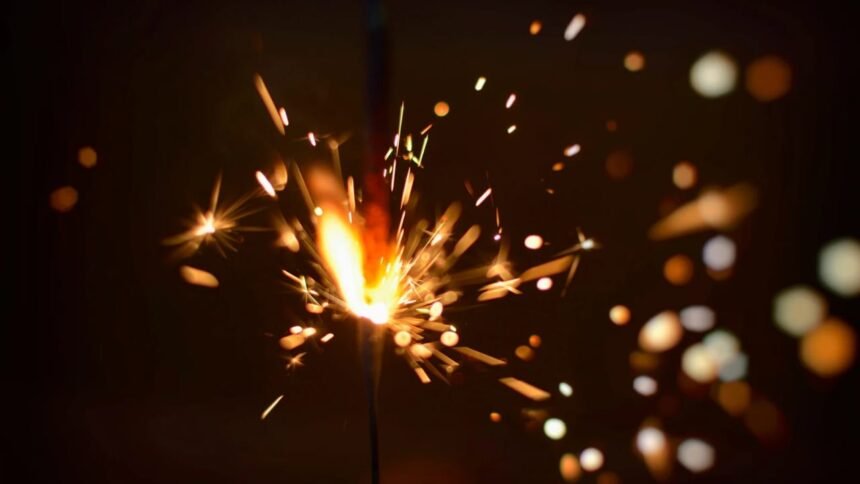Every winter, Delhi’s air pollution reaches dangerous levels, and this year is no different. The city’s air has once again turned grey and smoky, making it hard for residents to breathe or even step outside.
Experts say the problem gets worse in winter because farmers in nearby states burn crop stubble, and the smoke drifts into Delhi. At the same time, low wind speeds trap pollutants close to the ground. The use of firecrackers during Diwali adds to the already severe pollution, filling the air with toxic particles.
To control the situation, firecrackers have been banned in Delhi and its suburbs since 2020. However, the ban has not been fully enforced, and many shops still sell them illegally. This year, India’s Supreme Court allowed the use of “green crackers”, which are said to emit 20–30% less pollution and produce less ash. But experts warn that these still release harmful substances into the air.
On Sunday, the government took further action by activating the next stage of the Graded Response Action Plan (GRAP). This includes restrictions on diesel generators, and a ban on the burning of coal and firewood in public places. Despite these steps, smog continues to blanket Delhi.
As the haze thickens, Delhi’s residents are hoping for stronger enforcement and long-term solutions to clear the air — and their skies.


